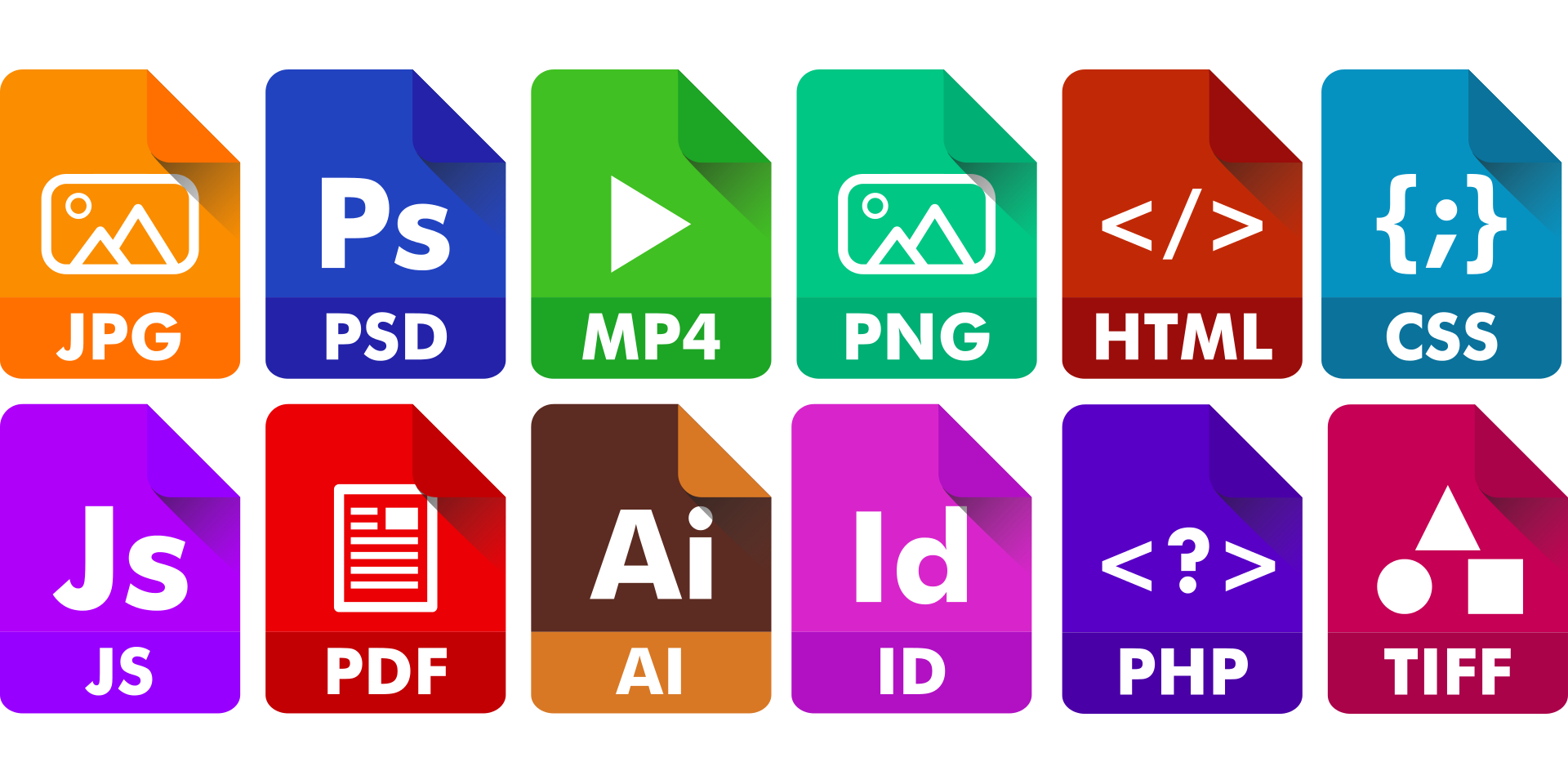Everybody is using PDF documents to transfer their files these days.
If you have ever downloaded a document from the web, it is likely to have been in PDF format, from tax filing to graphic design. This is because they are great at preserving the original document’s look and feel and are perfect for reading.
But what happens when you need to edit a PDF document?
If you have ever wondered how to edit a PDF document, this short comprehensive guide is for you. Have a look and discover the best and free ways to open and edit a PDF.
What is a PDF document?
One of the most common file types you will encounter today is the PDF. PDF stands for portable document format. They are easy to share and view as they look the same on every device.
Adobe invented the PDF back in the 1990s to help graphic designers share files across devices but ensure that everyone sees the file as originally intended.
Most browsers can be used as PDF readers and many word processing software applications, like Word or Google docs, now support them natively. However, they work as readers and require extra steps to be able to edit the files.
There are going to be times when you want to open and edit a PDF document. Perhaps to sign it or make some changes before sending it on. To do that, you will need to make the document editable.
How to Make a PDF Editable
Because of their very locked-down nature, lots of people spend a lot of time investigating how to edit a PDF document. They can not be edited natively in most reading software, like Adobe Reader.
However, many applications will make it possible to edit a PDF document and then resave it as a new PDF.
The best-known of all of these applications is Adobe Document Cloud or Adobe DC. As the original PDF creators, Adobe has had software for reading and editing this document type for decades.
You have to pay for a license to use this software. There is a seven-day free trial to try it out, and it is a powerful and useful tool. You can edit PDFs on mobile, PC, and Mac, and it is super simple to use.
How to Edit a PDF with Adobe DC
1. Open Adobe DC on your device
2. Choose Edit PDF from the right-hand side pane
3. Use the editing tools to change text, images, annotate, or add a watermark
4. Save the document
That’s all there is to it. It is easy to do but will come at a cost. Adobe Pro DC costs $22 a month and requires an annual commitment to the license.
How to Edit a PDF for Free
The great news is that you are not limited to only using Adobe software to read, open and edit PDF files. There are many other options on the market, some of which allow you to do the same for free.
Not all software is made the same, however. Be careful of applications that offer a limited free trial where they lock down some of the app’s functionality.
Here are a couple of good free software options for editing a PDF.
Smallpdf (PC and Mac OSX)
This is a handy, easy-to-use application that allows you to convert PDF files into easy to edit Word documents. It also has options for merging pdfs, e-signing documents as well as compressing and converting files.
Smallpdf has a freemium option that allows you to work on two documents per day whilst giving you access to most of their tools. It also works on their mobile app as well.
If you require more volume, then you will need to upgrade to one of their paid solutions.
PDFescape Online
This editing application is available as a PC download at a cost and has an online version that you can use for free.
The online version of PDFescape is quite limited but will allow you to create and fill forms, edit PDF files and share them. There are many more powerful options available in the downloadable option, but this comes at a monthly cost.
One limitation is that you can not upload PDFs greater than the 10MB file size limit. This will not be a problem for most documents, but if you are editing large, novel-length files, you will encounter issues.
Editing a PDF in Microsoft Word
Yes, you read that right. You can now edit a PDF directly in MS Word.
But, and it is quite a big but, you will lose some formatting. Obviously, once you take PDF documents out of their container, everything the PDF was doing to preserve formatting is lost in translation.
Word can deal with this much better these days than in previous iterations. However, if you convert a document from PDF to MS Word, you will encounter formatting hiccups.
If you are just looking for a way to access the text or make some minor changes, this is a great quick option.
Here’s how to edit a PDF in MS Word.
1. Open Microsoft Word
2. Select File > Open and browse to your PDF document
Once you select the file, you will receive a dialog box that warns you the file will be converted from a PDF to Word, and some formatting may be lost.
3. Select OK. It may take a while for your file to load if it is large.
Now your document is open in MS Word, and you can edit it as you would any other Word Document. Once finished, print the document and save it as a PDF.
Editing a PDF on a Mac
Apple has also made editing PDFs a little bit easier, more recently with a Quick Look feature included in the Mojave update of 2018. It is primarily designed to make form-filling easier and not more complex edits.
PDFs should open as standard in this tool as it is the default PDF reader software in the Mac OS. However, once open, you can also edit text and complete form fields.
Click the pencil icon at the top of the screen to move Quick Look from reader to the editor, and you should be able to make changes within the application. Then save once you have finished and your edits are preserved.
Editing a PDF is Simple
Hopefully, this guide has given you some ideas for how to edit a PDF and just how simple it is to do so these days. Don’t be fooled by the big software price tags. There are good freemium solutions available.
If you are looking for a quick online solution for converting your files, then take a look at our many free online conversion tools and find the right converter for you.









